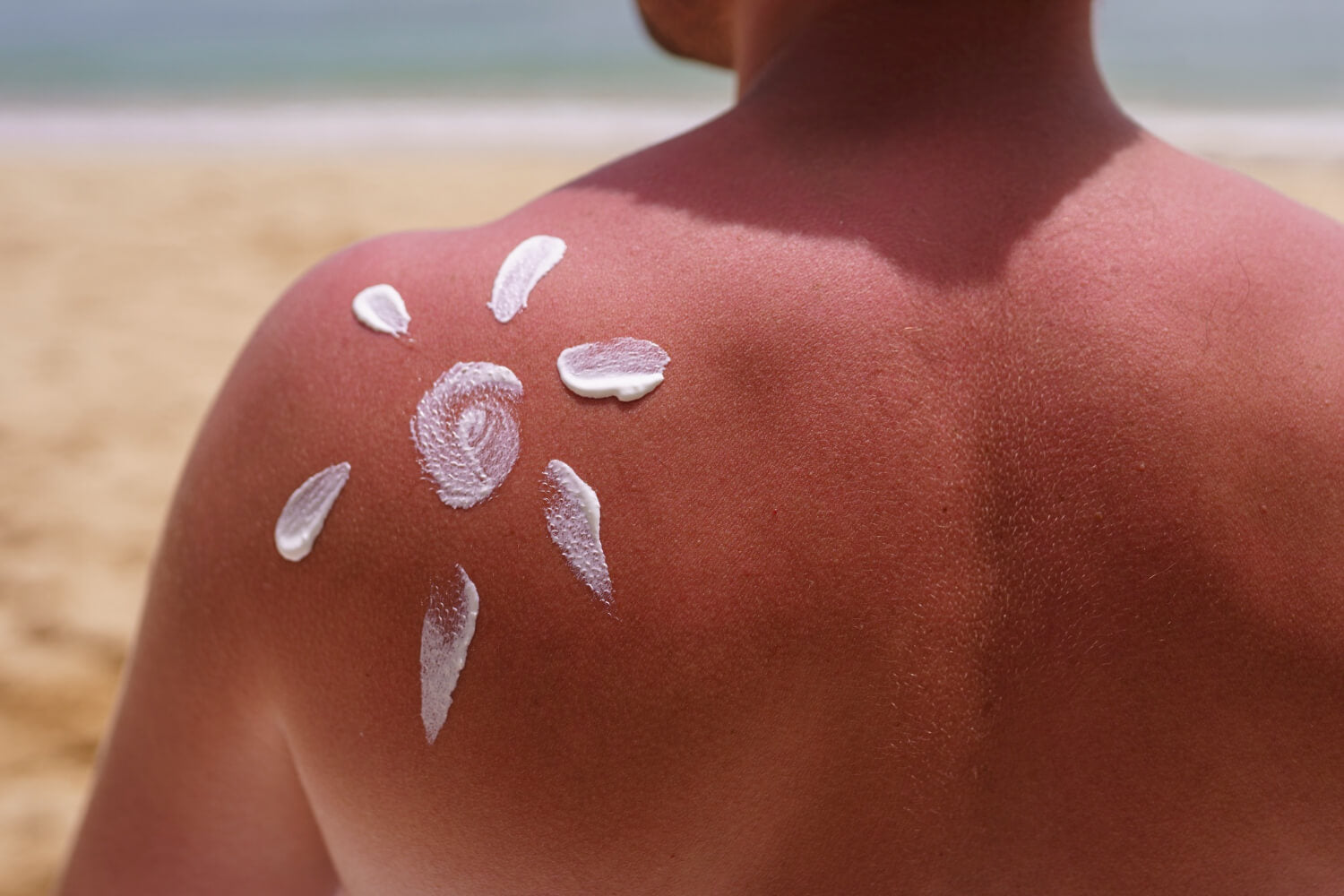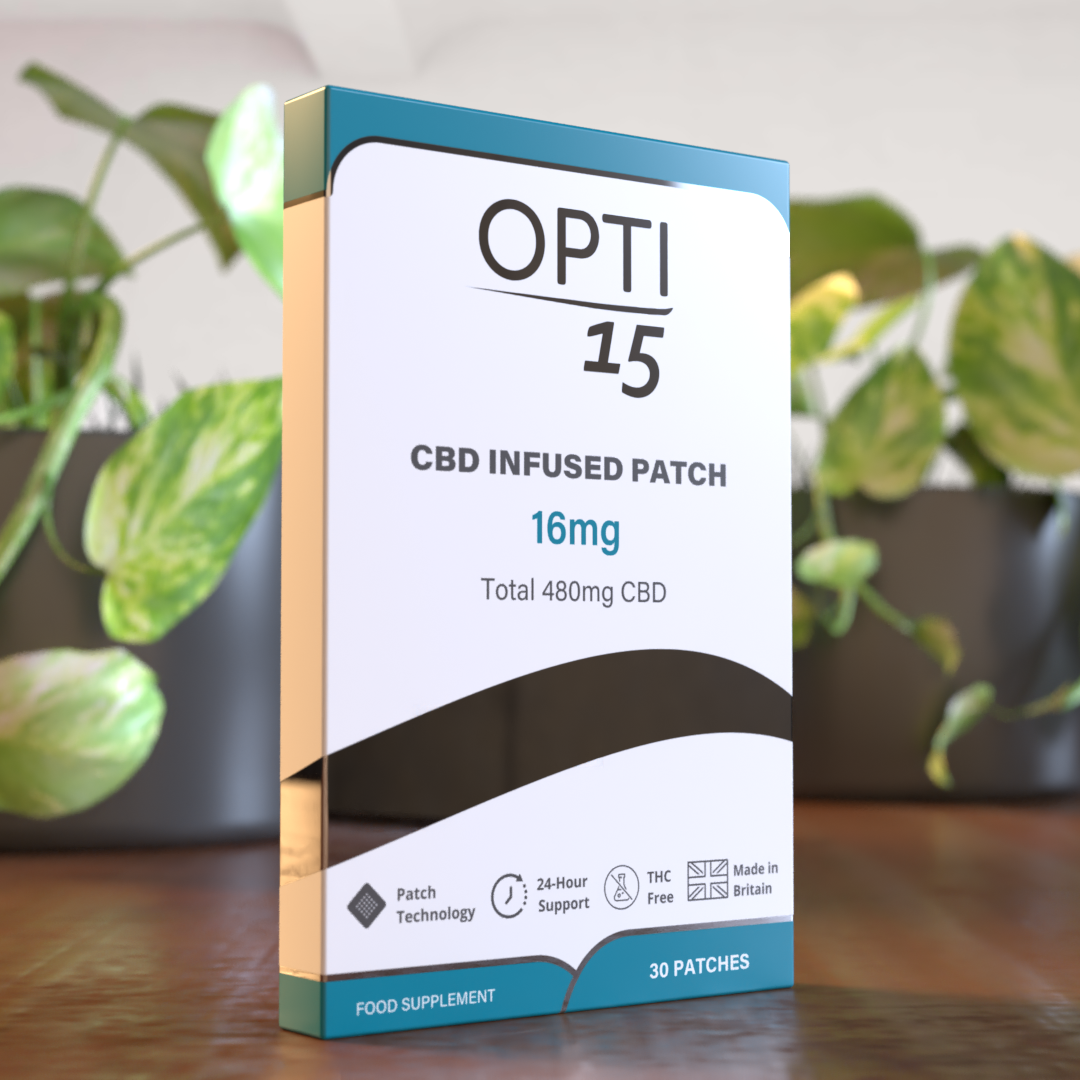How to Protect Your Skin in the Sun: 4 Dermatologist-Approved Tips

The significance of sun protection should be emphasized as the warmer months approach. The sun emits two different kinds of light waves that strike our skin. These two waves are known as UVA and UVB. The primary distinction between the two is that UVA is present throughout the year, even on overcast days. Without our knowledge, it can infiltrate our skin and cause wrinkles and other long-term problems like uneven skin tone. Only when the sun is strong do more potent UVB rays reach our skin. Direct consequences like sunburn and sun poisoning are caused by UVB rays.
Why is sun protection important?
You might hear cautions about skin cancer every summer, along with the importance of sunscreen and sun protection. According to the Skin Cancer Foundation, sunscreen that has an SPF of 15 or above can slow down the effects of aging in addition to helping prevent skin cancer.
Here are the top reasons why you need protection from the sun:
-
To save yourself from skin cancer: According to data gathered by the Skin Cancer Foundation, the number of new cases of skin cancer is rising, with more cases reported each year than cases of breast, prostate, lung, and colon cancer combined.
-
Avoiding melanoma: The Surgeon General estimates that cumulative exposure to the sun's intense UVA radiation is the cause of about 90% of melanoma occurrences. Additionally, UV radiation is a significant risk factor for basal and squamous cell skin cancers, the two most prevalent treatable types of skin cancer. Understanding the need of sun protection is crucial since there are simple preventative steps you can take.
-
Sunburns increase the risk of melanoma: According to the Melanoma Education Foundation, if you have a severe sunburn before the age of 20, your lifetime chance of developing melanoma doubles. A person is five times more likely to get melanoma if they have three or more sunburns that blister before the age of twenty. If you have had more than five sunburns in your lifetime, your average risk of developing melanoma doubles.
-
Sun exposure can also burn your eyes: According to the CDC, long-term eye exposure to the sun's UV radiation can result in blindness and other lasting damage. Sunburned eyes can feel dry, stinging, and red. If you frequently work or play outside, the CDC advises wearing sunglasses with side panels and nearly 100% UV protection.
-
Sunscreen label requirements to see: Did you know that the FDA modified the composition and label specifications for sunscreen to provide "broad-spectrum" protection against UV rays? In other words, the formula offers defence against UVA and UVB radiation. Sunburns and the development of skin cancer are caused by both kinds. The next time you're at the pharmacy, make sure to get sunscreen that has the "broad-spectrum" label.
- Danger of sun and sunscreen for babies under 6 months: According to the American Academy of Paediatrics and the American Cancer Society, infants under six months old should not be exposed to the sun at all. However, since a baby's skin is too fragile for sunscreen, it is not a practical solution. Put on a strong hat that covers the face and neck of the infant, and totally cover them in protective clothes if you must be outside with them.

Dermatologically approved tips for sun protection:
While you are enjoying the summer sun, you must take the necessary precautions to keep your skin safe and healthy:
1. Make sure to apply sunscreen that is SPF 30 or above:
When it comes to sun protection, sunscreen is your skin's best friend. However, it's important to use sunscreen properly rather than just applying it. A broad-spectrum sunscreen with an SPF of 30 or greater is the best choice for protection from UVA and UVB rays. It's important to apply sunscreen correctly; try to get at least one teaspoon for your body, back, arms, and legs. Half a teaspoon is plenty for your face and neck. Do not forget to reapply every two hours, particularly if you are perspiring or swimming!
-
Choose the right sunscreen: Choose a sunscreen that protects from broad-spectrum and has SPF above 30.
- Application guideline: Apply generously, roughly half a teaspoon for your face and neck, and one teaspoon for each arm and leg. Remember to apply a lip balm with an SPF of 15 or higher to places that are easy to overlook, such as your lips, eyelids, back of the neck, and tips of your feet.
2. Use protective clothing and accessories:
Dressing up appropriately is important because it is the first physical barrier against UV rays.
-
Choose the right fabric: Wear lightweight and long-sleeved shirts with long pants that cover most of your skin. Fabrics like ultraviolet protection factor (UPF) are also effective for sun protection.
-
Put a hat: Wear a wide-brimmed hat that provides shade for your face, ears, and the back of your neck.
- Sunglasses are not only for style: UV radiation increases the risk of cataracts by harming not just your skin but also your eyes. To protect your eyes and the sensitive skin surrounding them, use wraparound sunglasses that block UVA and UVB radiation.
3. Seek protection during peak hours:
The sun is at its peak between 10 a.m. to 2 p.m., so plan your activities accordingly. Going out during this time will lead to more chances of sunburn and skin damage. Dermatologists recommend minimizing direct sun exposure during this time.
-
Plan outdoor activities wisely: When you have an outdoor activity in mind, like gardening, sports, or walking, try to plan it early morning or late afternoon.
-
Use shade: When you're outside, look for cover from canopies, umbrellas, or trees. Shade is always a wise choice because up to 80% of UV radiation can pass through clouds, even on overcast days.
4. Avoid tanning:
The skin's reaction to UV rays is tanning. The skin produces more melanin when exposed to UV radiation. The pigment that causes tanning is called melanin.
Melanin typically reacts with UV radiation. This is the first line of defence against the sun. Melanin can absorb harmful UV rays that can cause significant skin damage. When the UV rays cause more damage than the skin's melanin can shield, a sunburn results. The skin's reaction to UV damage is symbolized by a suntan. Sunlight is both beneficial and enjoyable in moderation. However, too much might be harmful. It is important to take precautions against excessive sun exposure. By taking preventive steps, you can lower your risk of developing cataracts, cancer, premature skin aging, and other negative consequences.
Conclusion:
Sun protection is a lifelong commitment that benefits your look, health, and mental well-being. You may significantly reduce your chance of developing skin cancer and maintain the youthful appearance of your skin for many years to come. By staying indoors during peak hours, using protective clothes, using sunscreen appropriately, and refraining from tanning, you can significantly reduce the hazards of the sun. Keep in mind that sun protection is a year-round obligation, not just for the summer. Include these dermatologist-recommended suggestions in your everyday routine to confidently and carefully enjoy the sunshine.
References:
-
https://www.skincancer.org/skin-cancer-information/skin-cancer-facts/
-
https://www.fda.gov/drugs/understanding-over-counter-medicines/questions-and-answers-fda-announces-new-requirements-over-counter-otc-sunscreen-products-marketed-us
- https://www.visioncenter.org/resources/uv-exposure-statistics/


